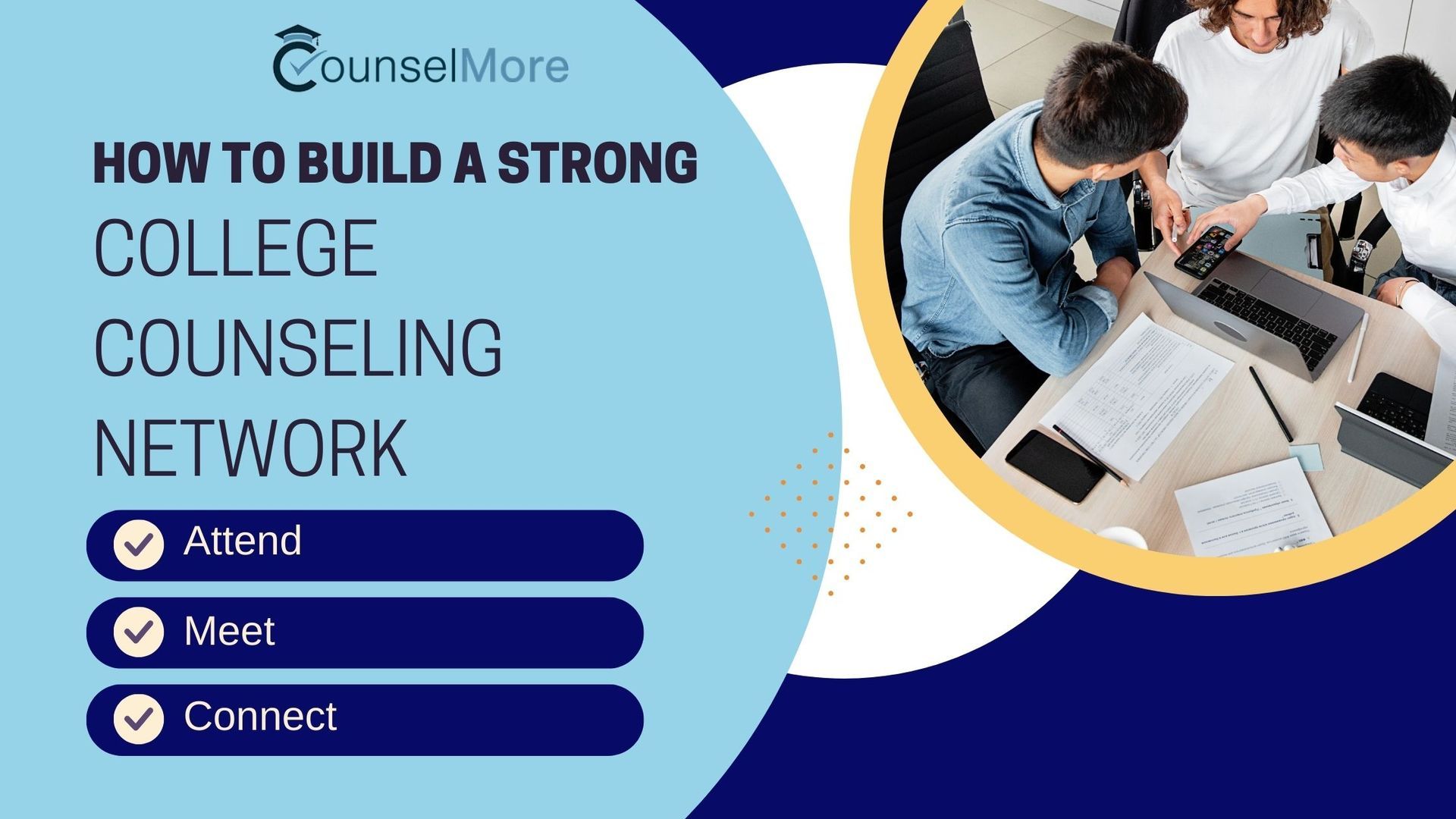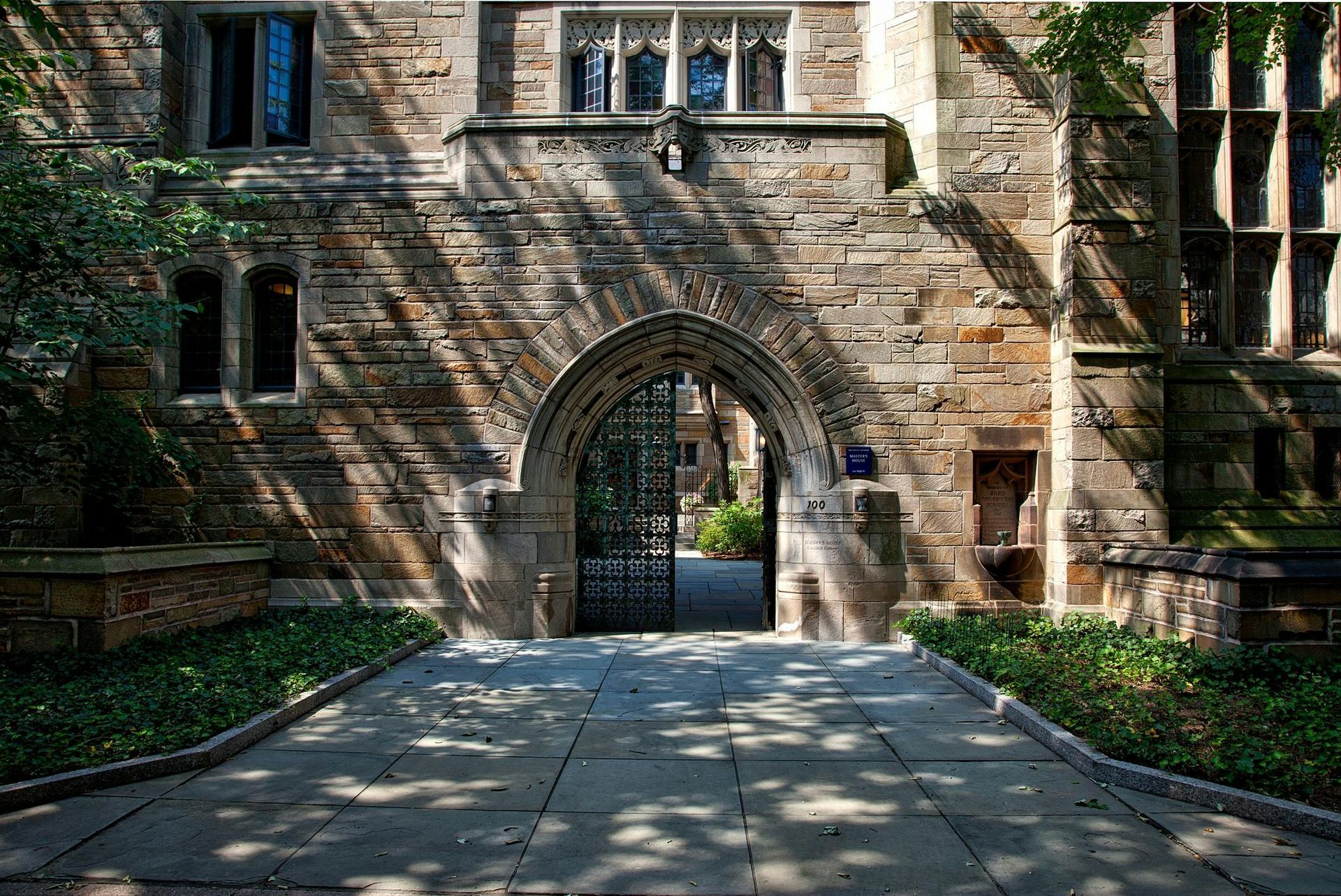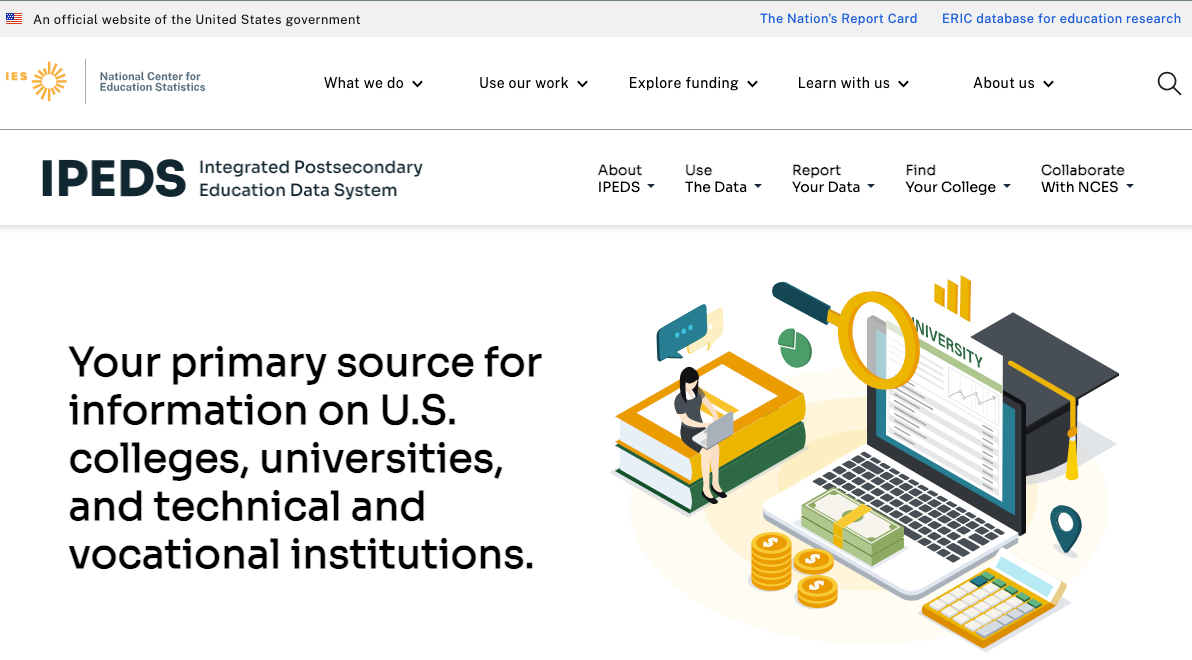Key Education Impacts of “One Big Beautiful Bill” (& Counselor Talking Points)

Counselors, it’s crucial we stay alert: the recently passed “One Big Beautiful Bill”—signed on July 4—introduces sweeping changes across education funding, student aid, and institutional accountability. These policy shifts will directly impact the students and families you serve. Understanding each change is essential for staying ahead and advocating effectively. Here's what you need to know:
Scroll to the bottom of this article for the Counselor Talking Points
🎓 Pell Grant Eligibility Changes
Key Changes:
- Increased Credit Hour Requirement: The bill redefines "full-time" enrollment for Pell eligibility from 12 to 15 credits per semester.
- Exclusion of Less-than-Half-Time Students: Students enrolled less than half-time will no longer be eligible for Pell Grants.
- Excluding High Student Aid Index (SAI): Students with a high Student Aid Index (SAI), a formula-based number reflecting financial need, may be disqualified from receiving Pell Grants.
- Blocking Aid When Non-Federal Funds Cover Full Cost: Students are ineligible for Pell Grants if other aid (federal, state, institutional, or private) covers their full cost of attendance.
Why These Changes Matter:
- Impact on Part-Time Students: The increased credit hour requirement and exclusion of less-than-half-time students are expected to negatively affect a large number of part-time community college students.
- Disproportionate Impact on Low-Income and Working Students: These changes may particularly harm low-income and working students who often need to balance work and school, potentially impacting their ability to take 15 credits per semester.
- Potential for Reduced Enrollment and Completion: Critics argue that these stricter eligibility rules could lead to decreased college enrollment and completion rates among low-income students.
Further Considerations:
- SAI and Financial Need: A lower SAI indicates a higher financial need, increasing the likelihood of qualifying for a Pell Grant.
- Workforce Pell Grants: The bill also includes provisions for Workforce Pell Grants, aimed at expanding aid to students in shorter-term, career-focused programs.
- Implementation Timeline: Most of these changes are expected to take effect in July 2026.
🎓 Workforce Pell Grants
What’s happening: Beginning July 1, 2026, Pell Grants will cover short-term workforce training (8–15 weeks), contingent on completion and employment metrics.
Why it matters: Broadens aid to adult learners and career-focused programs—though access is limited to vetted, performance-driven coursework.
Want to read more - go here:
https://www.jff.org/budget-bill-expands-pell-eligibility-whats-next-for-students-and-providers/

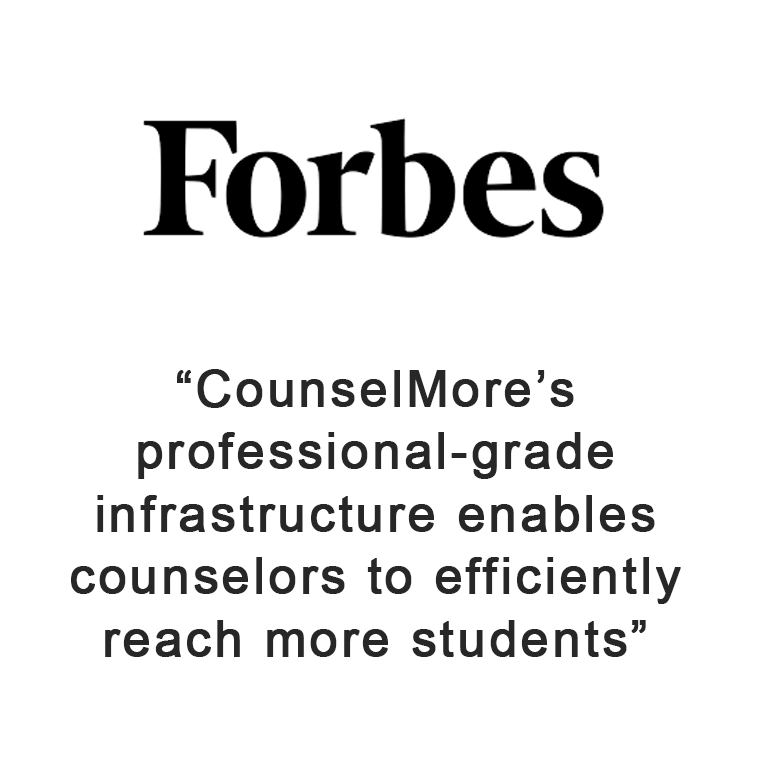
🎓 Graduate & Parent Loan Caps
What’s happening: The Grad PLUS loan is eliminated starting July 1, 2026. Graduate borrowing is capped at $100,000 ($200,000 for professional degrees); Parent PLUS loans cap at $65,000.
Why it matters: Caps could make some advanced degrees financially unfeasible, pushing students toward private loans or away from further education.
Want to read more - go here:
https://www.the-sun.com/money/14657255/student-loans-repayment-big-beautiful-bill-paychecks-slashed/
🎓 Loan Repayment Overhaul
What’s happening: The bill eliminates income-driven plans (SAVE, PAYE). Borrowers must choose a standard 10–25-year plan or a 30-year “Repayment Assistance Plan” with no unemployment deferments.
Why it matters: Monthly payments may increase by up to 50%, with longer repayment timelines and heightened financial strain for borrowers.
- Potential for higher monthly payments: Borrowers currently benefiting from lower payments under SAVE or PAYE could face significantly higher payments after transitioning to IBR or RAP.
- Extended repayment timelines: The 30-year forgiveness timeline under RAP means borrowers will be making payments for a longer period.
- Increased financial strain: The loss of unemployment and economic hardship deferments could put financially distressed borrowers at greater risk of default.
- Uncertainty for SAVE borrowers: The SAVE plan is currently in legal limbo due to a court injunction, and borrowers may be forced out of the plan sooner than the bill's stated timeline.
In summary, the OBBB aims to simplify the student loan repayment system but could lead to higher payments, longer repayment periods, and reduced flexibility for many borrowers, particularly those struggling financially. Advocacy groups and some lawmakers have expressed concern that the bill could exacerbate student loan debt issues and increase defaults.

🎓 Endowment Excise Tax - Rice University
What’s happening: Institutions with per-student endowments over $500,000 now incur excise taxes between 1.4% and 8%.
Why it matters: Generates substantial cuts to scholarship and academic funding—as seen with Rice University’s $10M tax hit—possibly leading to tuition hikes or reduced aid.
Read More here:
🎓 Earnings-Based Aid Accountability
What’s happening: Starting July 1, 2026, any program whose graduates earn below the state median income will lose federal aid eligibility.
Why it matters: May force schools to cut programs in lower-paying but socially essential fields—such as education, arts, and public service.
Want to read more:
https://www.businessinsider.com/student-loan-borrowers-major-repayment-overhaul-big-beautiful-bill-trump-2025-7
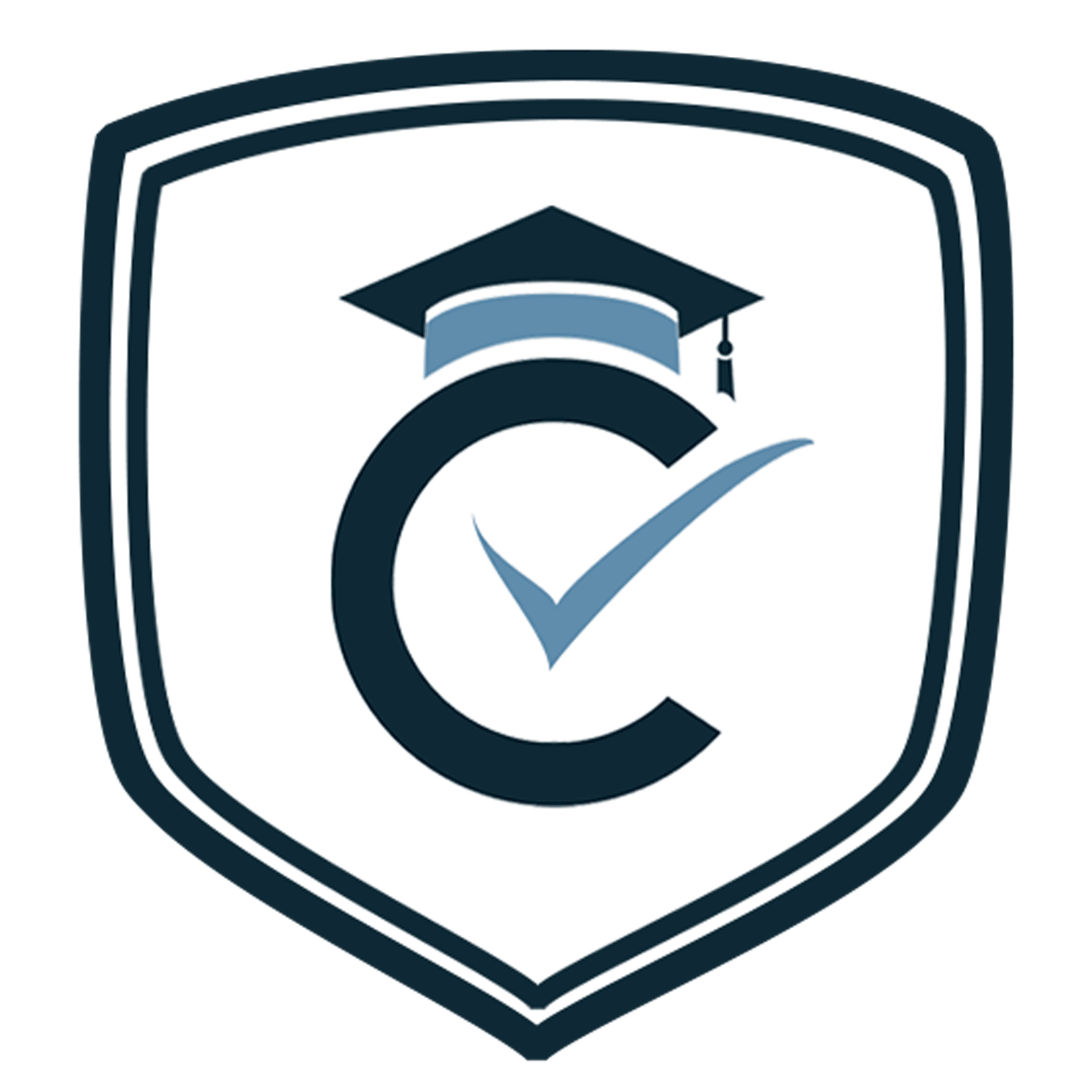
🎓 Delayed Gainful Employment Rules
What’s happening: The 2023 Gainful Employment and financial-value transparency rules are delayed until July 1, 2035.
Why it matters: Removes vital information on program outcomes and costs, reducing transparency and accountability for students.
Source:
https://en.wikipedia.org/wiki/One_Big_Beautiful_Bill_Act

🎓 K–12 Funding Cuts & Vouchers
What’s happening: Over $6.2 billion in K–12 aid (Title II, after-school, English-learner programs) is paused, and federal tax credits for private school scholarships (“vouchers”) are introduced in January 2027.
Why it matters: Public schools face funding threats, and private school vouchers could exacerbate inequities in education access.
K-12 Funding Cuts:
- Over $6.2 billion in federal K-12 aid is currently being withheld.
- This includes funds for programs such as Title II-A (professional development), after-school programs (Title IV-B), and English-learner services (Title III-A).
- The U.S. Department of Education stated that decisions about these grants had "not been made," despite Congress having funded these programs.
- Some sources attribute these actions to the current administration's efforts to reduce the federal government's role in public education.
Title II-A Funding:
- Title II, Part A is a major source of federal funding for educator professional development and improving the quality and effectiveness of teachers, principals, and other school leaders.
- The goal is to increase student achievement and provide low-income and minority students with greater access to effective educators.
- Districts use Title II-A funds for a variety of purposes, including professional development, recruiting and retaining effective educators, and reducing class size.
School Vouchers:
- Federal tax credits for private school scholarships, often referred to as vouchers, are scheduled to be introduced in January 2027.
- These tax credits incentivize individuals to donate to non-profit organizations that provide scholarships to eligible students for private school tuition and other educational expenses.
- Eligibility for these scholarships is generally based on income, with families earning up to 300% of their area's median income being eligible.
- States must opt in to participate in this federal program.
Concerns and Controversies:
- Public School Funding: Critics argue that vouchers divert funds away from public schools, potentially leading to larger class sizes and fewer resources.
- Equity Concerns: There are concerns that voucher programs may exacerbate inequities in education by potentially excluding students with disabilities or those from disadvantaged backgrounds.
- Segregation: Some argue that vouchers, rooted in a history of racial segregation, could worsen segregation in schools.
- Accountability: Private schools receiving voucher funds may not be subject to the same level of accountability and transparency as public schools.
Read More about it here:
https://www.axios.com/local/tampa-bay/2025/07/08/fla-programs-at-risk-under-trumps-k-12-funding-hold

🎓 Medicaid & SNAP Cuts Impact Students
What’s happening: The bill institutes Medicaid work requirements and cuts funding, affecting 10-13 million people, and tightens SNAP eligibility.
Why it matters: Reduced access to healthcare and food assistance increases hardship for college students reliant on these supports.
These changes combine to significantly impact educational access, affordability, and equity—from K–12 resources to higher education debt and aid.

COUNSELOR CHEAT SHEET - OBBB TALKING POINTS
For responding to parent concerns raised by the education provisions in the "One Big Beautiful Bill." These talking points are designed to be conversational and reassuring while staying fact-based and direct.
🎓 Pell Grant Changes
Parent Concern: “Will my student still be eligible for a Pell Grant?”
Counselor Talking Points:
- Pell eligibility is getting tighter starting in 2026.
- Students must now take at least 15 credits per semester (not 12) to qualify.
- If your family’s financial aid formula (SAI) is too high, you may lose eligibility—even if your income hasn’t changed.
- If other aid covers full tuition, Pell is no longer granted on top.
- I’ll guide you through the FAFSA changes and make sure we understand your student’s projected eligibility.
🎓 Workforce Pell Grants
Parent Concern: “My student is considering a certificate program—will there still be aid?”
Counselor Talking Points:
- Pell Grants will start covering short-term job training (8–15 weeks) in high-demand fields.
- The catch: only programs with proven job-placement and completion outcomes will qualify.
- We’ll verify eligible programs before you commit to one.
🎓 Graduate and Parent Loan Caps
Parent Concern: “How much can I borrow to help my student through college?”
Counselor Talking Points:
- Starting 2026, federal Parent PLUS Loans are capped at $65,000 total.
- Graduate student loans are capped at $100K–$200K.
- That means families will likely turn to private loans if those caps aren’t enough.
- We’ll want to have early financial planning discussions and talk about the impact of potential debt.
🎓 Loan Repayment Overhaul
Parent Concern: “Will my child have manageable student loan payments?”
Counselor Talking Points:
- Income-driven repayment plans like SAVE and PAYE are being eliminated.
- Only two options will exist: a fixed standard plan and a 30-year "assistance" plan with higher payments.
- No deferments for unemployment or hardship.
- This could make student loan repayment tougher—financial literacy is more important than ever. Let's clarify expectations that lead to better outcomes.
🎓 Endowment Tax on Colleges
Parent Concern: “How does this affect financial aid at elite colleges?”
Counselor Talking Points:
- Colleges with large per-student endowments now face steep taxes.
- This could reduce institutional aid offerings and increase tuition.
- We’ll keep an eye on announcements from schools like Rice and Harvard, and adjust lists if needed. Cost is a necessary consideration, please share feedback with me on the list of schools I provide.
🎓 Accountability Based on Graduate Earnings
Parent Concern: “Is my student’s major at risk of being cut?”
Counselor Talking Points:
- Starting 2026, if grads from a program earn less than the median state wage, that program loses federal aid.
- Some majors in education, arts, or public service might be cut.
- I’ll help your student evaluate the viability of any program they’re considering. For instance, we can look at job placement after graduation to determine ROI of the degree or job placement services offered by the campus.
🎓 Delayed Gainful Employment Rules
Parent Concern: “How can we trust a college program’s value?”
Counselor Talking Points:
- The government delayed transparency rules that would have shown debt-to-earnings data for programs.
- That makes it harder to judge return on investment.
- Beyond cost, we will look at the opportunities provided by the program - like, internships and real-world training.
🎓 K–12 Cuts and Vouchers
Parent Concern: “What’s happening with public school funding?”
Counselor Talking Points:
- Over $6.2 billion in federal aid to K–12 is on hold—including funds for after-school and English-language programs.
- Vouchers are being expanded via tax credits starting 2027, shifting funds to private schools.
- Public school services may shift, so please keep me updated on any changes to course offerings or support programs at your school. These shifts can affect your college application strategy, and the more I know, the better I can advocate and plan for you.
🥪 Medicaid & SNAP Cuts
Parent Concern: “Will my student still qualify for health care or food assistance in college?”
Counselor Talking Points:
- Medicaid will have stricter work requirements, and SNAP (food stamps) is tightening eligibility.
- Many students who rely on these supports may lose access.
- Many colleges host pantry programs where food is donated and made available to students in need. If you think your student may need support with food access, we should factor that into their college list. Study is hard enough—we need to plan for the circumstances that will help them succeed, not just the academics.
✅ Final Note for Counselors:
When in doubt, center your response around this:
“The best thing we can do is plan early and stay informed. These changes are significant, but they don’t close the door—they just require more thoughtful navigation. That’s what I’m here to help you do.”
Did you like this free resource? Want more free resources?
COME TO OUR WEEKLY COUNSELOR-CENTRIC CONVERSATIONS AND NAVIGATION TOOLS IN THE Counselor Toolkit.




